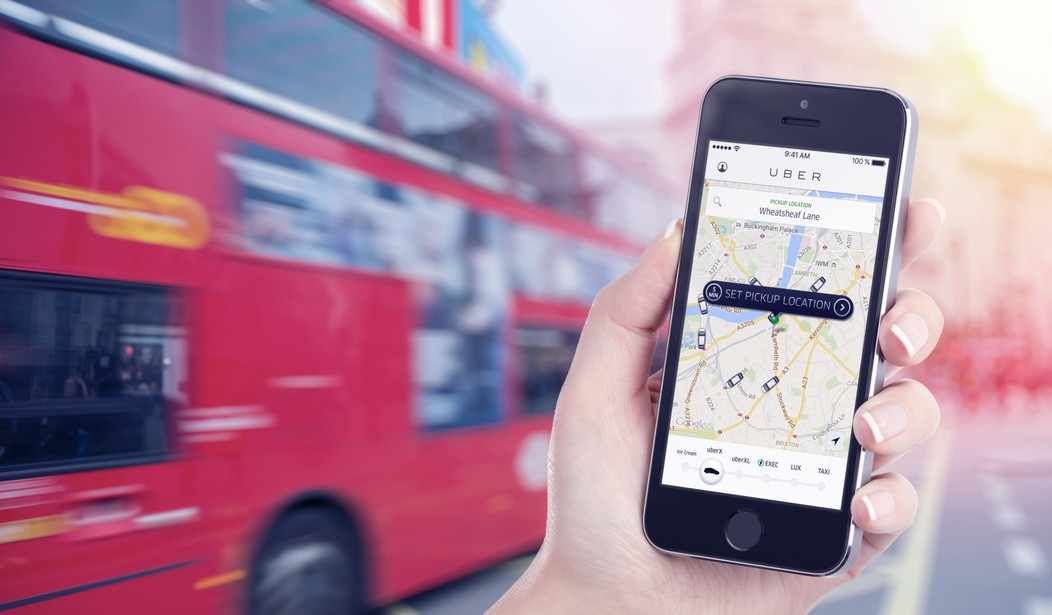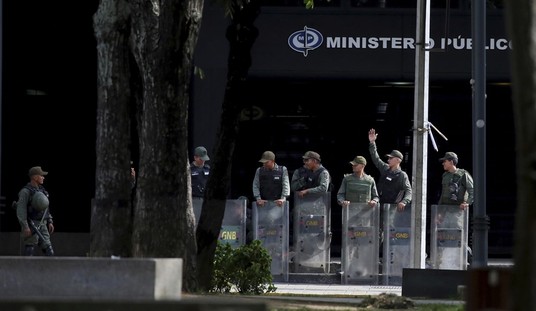You will never forget the first time you take to the road as an Uber driver. Letting a complete stranger into your car seems dubious at first. Questions abound. Does this actually work? Will the customers be weird? Can you make real money?
Yes, ride-sharing works. After installing the app on your phone and going through an easy registration process, you set your in-app status to “online.” Ride requests pop up in no time. With Uber, you receive the request and have 15 seconds to accept or reject it. The app tells you the rider’s first name, displays their rating out of five stars, and tells you where they are and how long it will take to reach them.
Once you accept, Uber integrates seamlessly with your favorite navigation app, providing turn-by-turn directions. When you get to the vicinity of your rider, switching back to the Uber app shows a detailed overhead map displaying the rider’s specific location relative to surrounding buildings. On their end, the rider has your name and picture along with the make, model, and license plate number of your vehicle. Finding each other is usually a breeze.
Once your passenger has buckled in, you toggle the start of your trip and follow prompts to your destination. At the end of the ride, the transaction is fully automated within the app. No cash changes hands. It’s so easy, it’s hard to believe.
Your fares will come in all kinds. The overwhelming majority will prove considerate and appreciative. Like any free market transaction, an Uber ride serves as a mutually beneficial arrangement. They are glad to see you, and you are glad to see them. You each achieve a value, leaving each other better off than you were before. The occasional ne’er-do-well notwithstanding, your fares will be positive experiences. That’s encouraged by the in-app rating system. Drivers and riders each rate the other. Consistent bad ratings will cost you business or get you banned altogether.
You can make real money driving for Uber or other ride-sharing companies. When I started several months ago, my intention was to earn a few extra dollars here and there. I soon realized that I could fully replace and possibly even surpass my current income if I drove for Uber full-time. Riding with an Uber driver during a recent trip to Washington D.C., I was shown a screenshot indicating $2000 earned in a single week. For a guy like me, that’s life-changing money. Granted, that’s an extreme example on the spectrum of ride-sharing income. But it demonstrates the promise inherent in this kind of work.
As a ride-sharing driver, you can set out whenever you want, for as long as you want, wherever you happen to be. Of course, like fishing, your results will prove better when you go out in certain places at certain times. That said, I’ve found that I can make money any time of day within the Twin Cities metro area, and imagine the same holds true in cities from coast to coast. I can start driving at 6 in the morning and catch steady ride requests throughout the day, people going to work or school, people going to or from the airport, workers going to lunch, etc. Or I can start at 6 at night and work the bar scene. The latter, in my experience, proves more lucrative due to higher demand which triggers something called “surge pricing.” When prices surge, they multiply by a given factor, anywhere from 1.25 to 4 or sometimes higher. That’s where the real money is. Regardless, you can catch steady ride requests whenever, to the point where you need to turn the app off if you want to go home.
One Saturday, I got started about 10 p.m. My first couple fares were people heading to the bar. Between 11 p.m. and midnight, fares started to transition from people going out to people switching venues or heading home. From midnight to 3 a.m. was the jackpot zone, people heading home from the bars en masse, driving up demand, and triggering surge pricing. But even after that, I left my app on and caught an early morning fare to the airport. Had I continued, I have no doubt I could have transitioned right into Sunday morning fares heading to work, church, or wherever. It’s truly around the clock.
All this has had a remarkable effect on my work ethic and the way I think about money. Up until now, like most people, I have worked for a wage or a salary. I have had to arrive at a particular location at a particular time and put in a set number of hours per day. No matter how I performed, no matter how I produced, as long as I met minimal standards, I got paid the same amount every day. This arrangement leads inexorably to things like watching the clock for quitting time and finessing the boundaries of acceptable on-the-job behavior.
Driving for Uber fosters a wholly different outlook. My capacity for earnings, while still limited, spans a greater range of possibility. It’s no longer fixed. The more I work, the more I will make. If I need more money, rather than compete for scarce overtime, I just fire up the car and hit the road. I am keenly aware of the value in becoming a better driver, growing more familiar with my market, and paying more attention to my riders’ preferences. In other words, there’s incentive for improvement and a sense of satisfaction in achieving it. I imagine this is some measure of how entrepreneurs feel.
Uber recently unveiled a prototype driver-less vehicle, prompting one tech savvy associate of mine to predict that drivers will be obsolete within a decade. That may be true. If so, the overall improvement to our quality of life will be worth the jobs lost. In the meantime, Uber stands as a model for the kind of opportunities workers will need in the future. Uber suffers from no minimum wage, no overtime costs, no union work rules, and thus no barrier to productive workers making the most of their ability. It’s the kind of opportunity that could put a kid through college. I view it as a form of unemployment insurance. I could get fired from my day job tomorrow and make money on the drive home. That’s a game changer.
The only thing that can stop such life-affirming innovation is government. And try to stop it they have. Uber and Lyft were recently forced out of Austin, Texas after the city imposed draconian regulations. Similar protectionist efforts have advanced elsewhere in the country. This harms both the drivers who seek to make money and the riders who seek the best value at the lowest price.
The bright side is that ride-sharing has demonstrated in concrete terms how freedom trumps control. Uber didn’t ask permission to bring their innovation to market. They’re not really asking for forgiveness either. They’re attitude has been one of unqualified defiance. They have, in essence, dared government to stop them. They have shown the value of their service and placed administrators and politicians in the unenviable position of opposing a concrete value. Go ahead, Uber seemingly says, tell our customers they can’t use us. See how many votes that gets you.
It’s the best way left open to us to fight tyranny. Simply live free and shove it in the bureaucrats’ faces. Make them put drivers out of work. Make them deny consumers a high-quality low-cost service. Expose them for the frauds they are. In more ways than one, Uber is a revolutionary act.









Join the conversation as a VIP Member